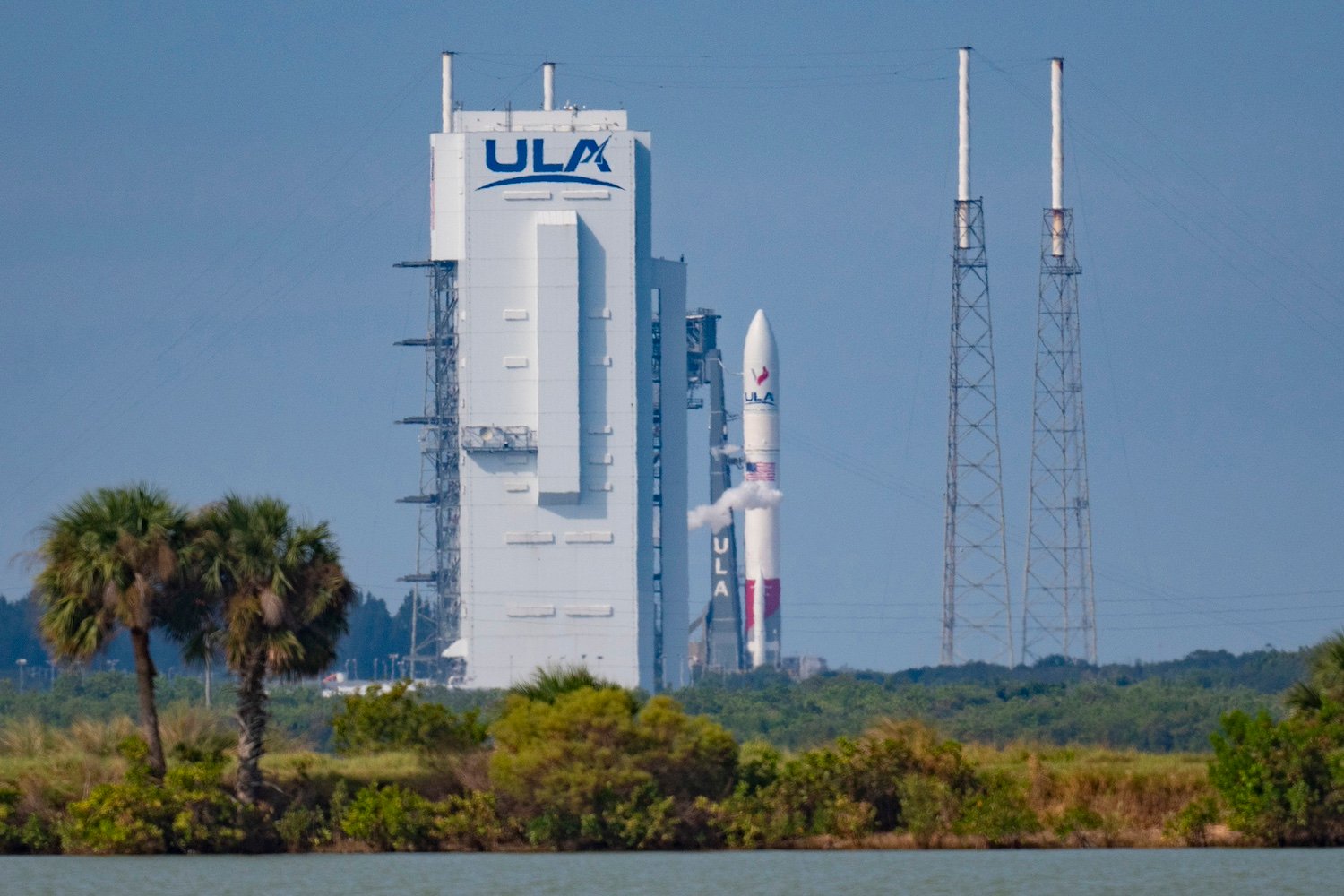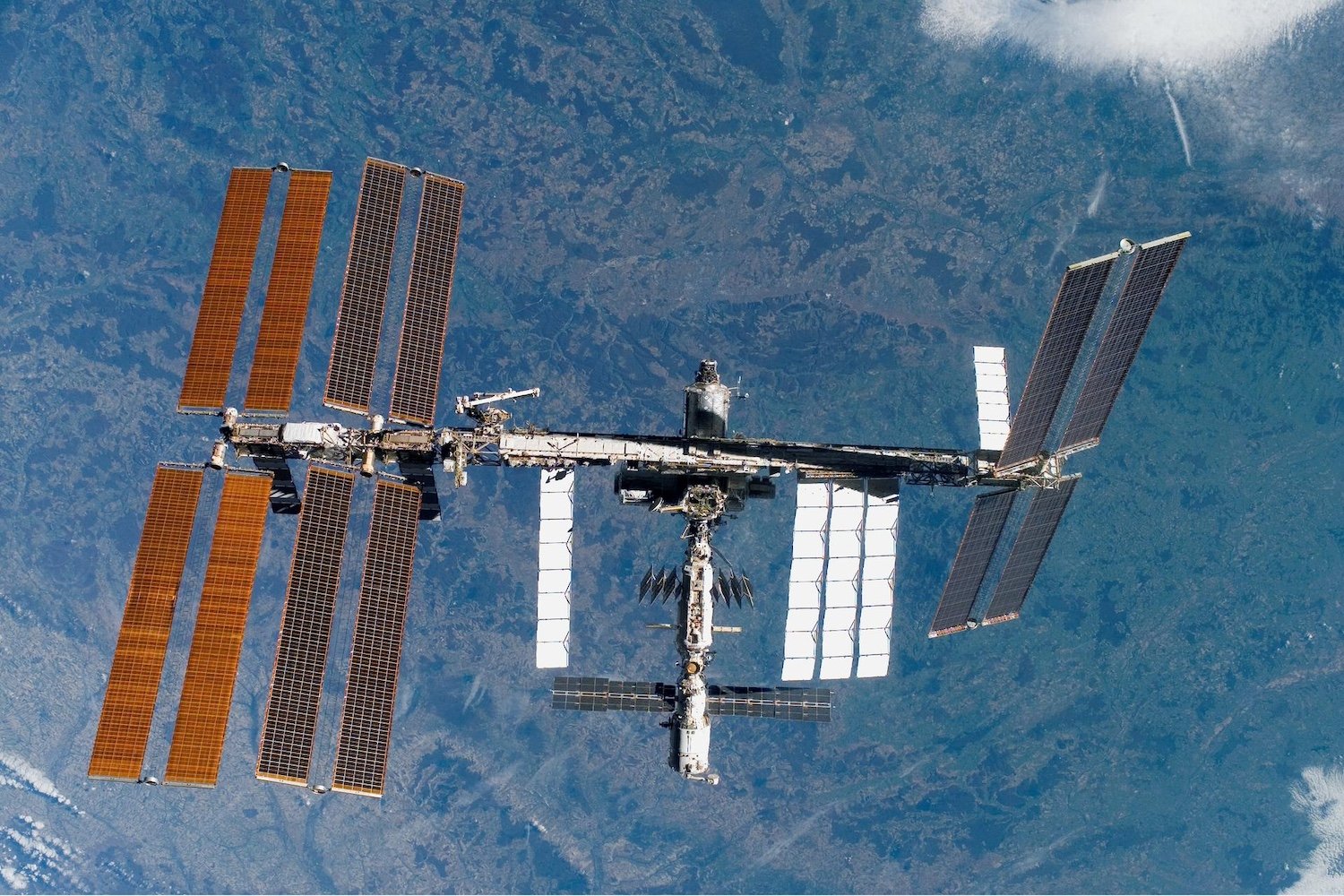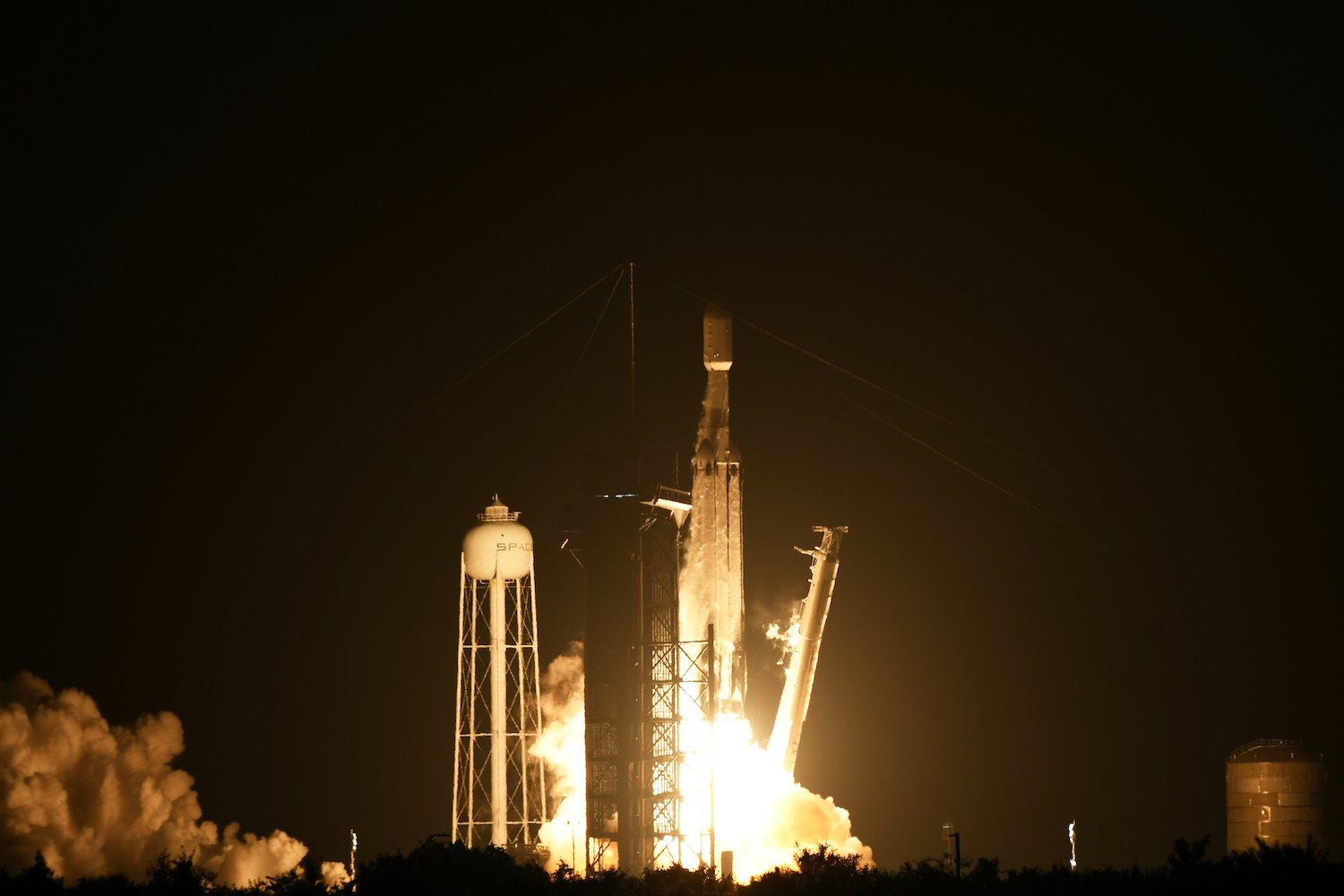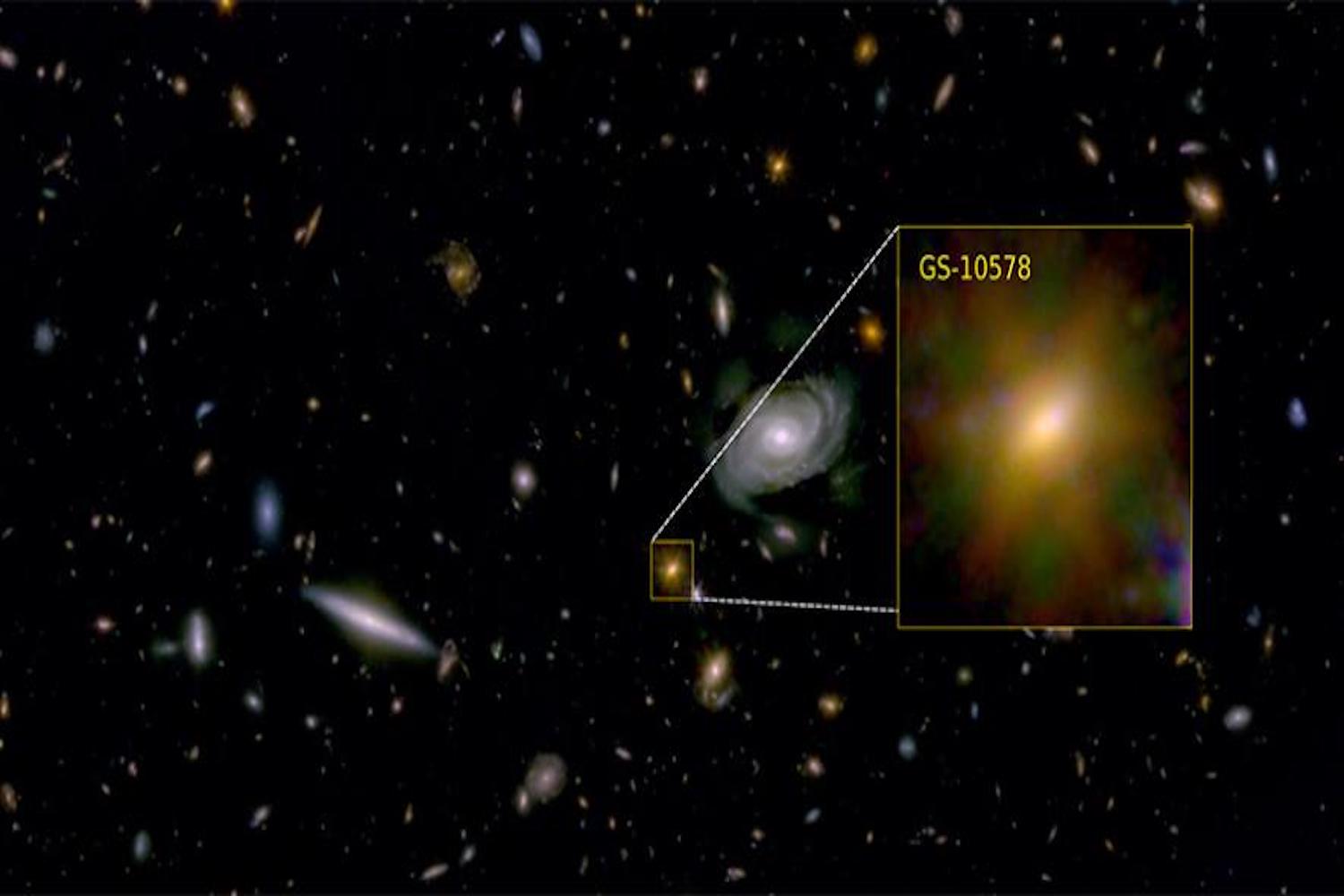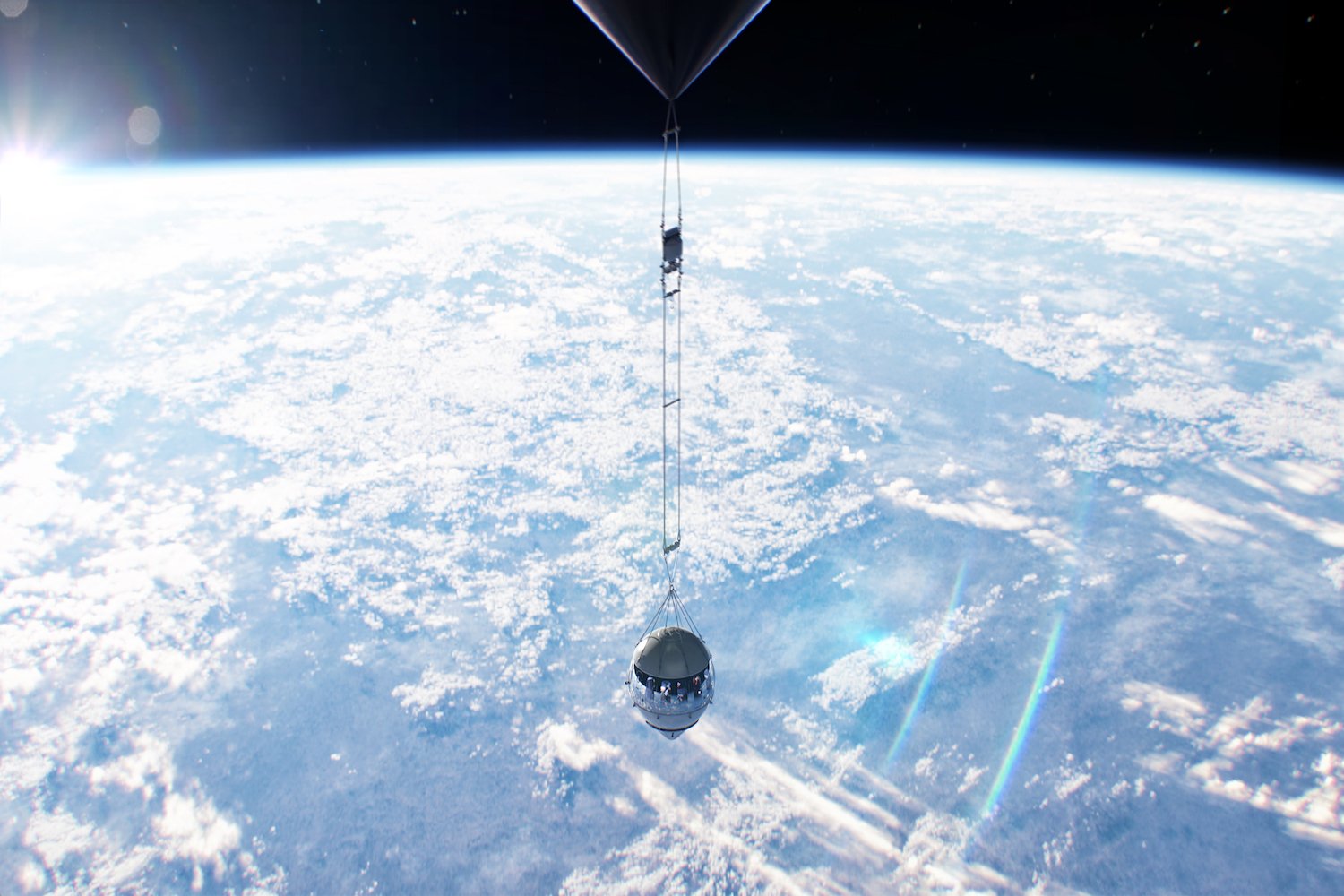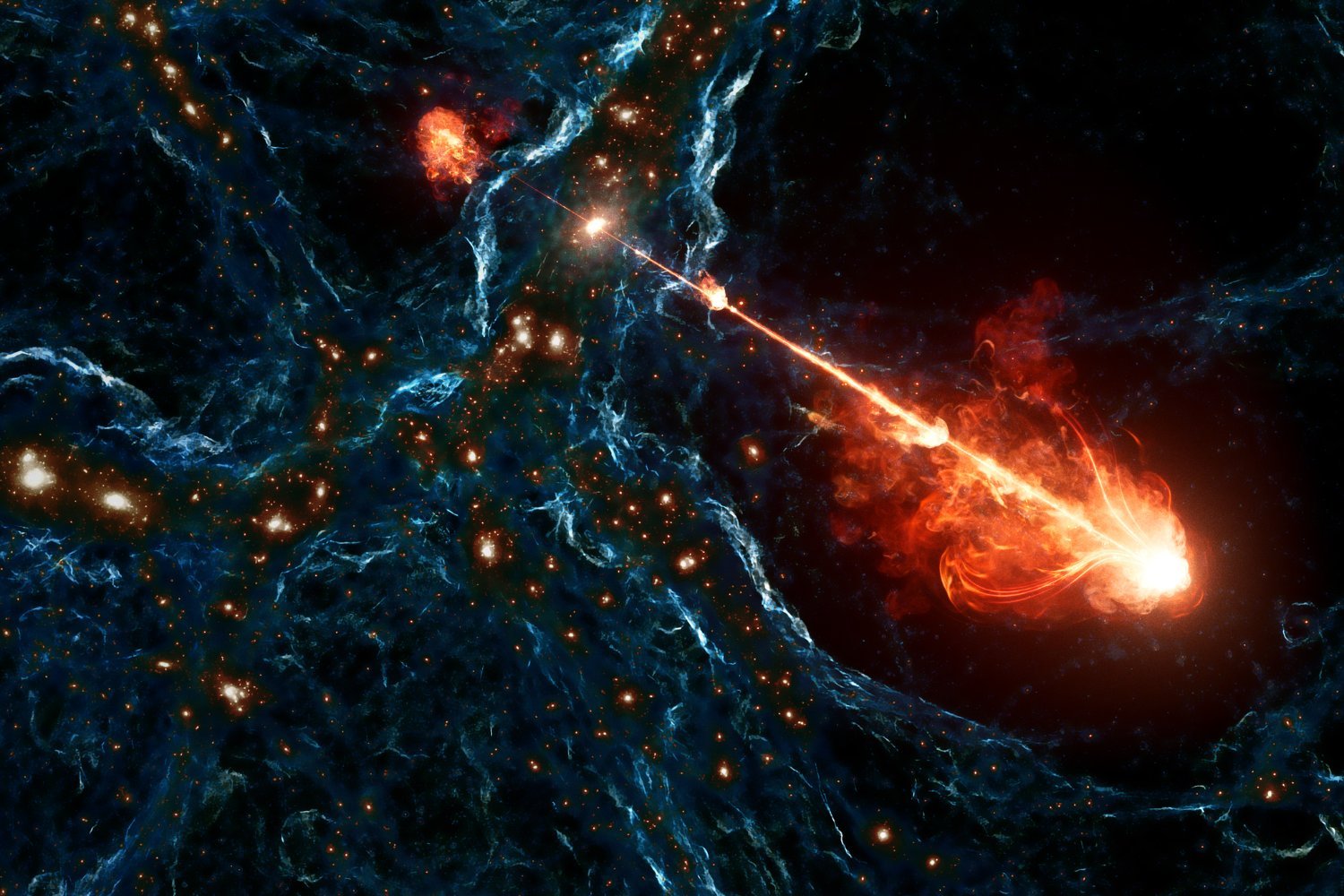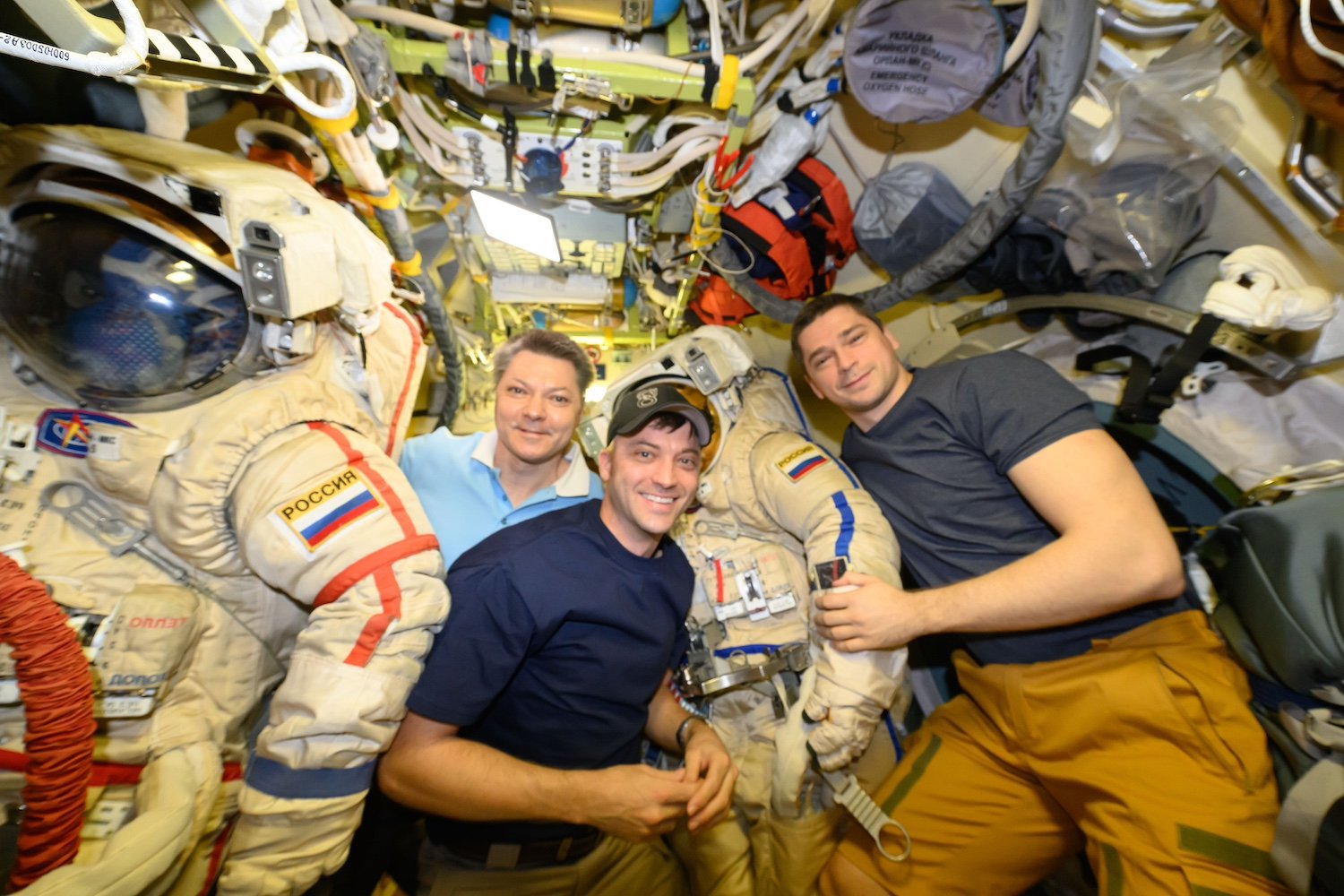ULA’s 200-foot Vulcan Centaur rocket is poised for its second certification flight, a critical step towards securing military launch contracts and competing with SpaceX. The Cert-2 mission, scheduled for liftoff from Cape Canaveral, Florida, on Friday during a three-hour window opening at 6 a.m. ET, will focus on data collection to demonstrate the rocket’s capabilities to the U.S. military. The launch can be viewed live on ULA’s website.
This mission, lasting approximately 30 minutes, was initially intended to deploy Sierra Space’s Dream Chaser spaceplane. However, delays in the spaceplane’s development led ULA to proceed with a mass simulator and other instruments, prioritizing data acquisition for certification. ULA CEO Tory Bruno acknowledged the strong interest in the Dream Chaser mission but emphasized the need to proceed with Cert-2 due to Vulcan’s demanding launch schedule. The first Vulcan test flight in January successfully launched Astrobotic’s Peregrine lunar lander.
Following a successful first launch, ULA aims to replicate this achievement to gain U.S. Space Force certification for national security missions. This certification process requires a thorough review of the launch data by the Space Force. Success would pave the way for Vulcan to launch two national security payloads this year, contributing to ULA’s ambitious goal of 20 launches in 2025, with half allocated to Vulcan. While this represents progress towards competing with SpaceX, ULA still faces challenges in matching the capabilities of its rival.
Vulcan, a largely expendable heavy-lift launch vehicle conceived in 2006, incorporates design elements from ULA’s Atlas V and Delta IV rockets. Its versatility allows payload delivery to diverse orbits, including LEO, GEO, lunar, and deep space destinations. Vulcan can carry up to 25.8 metric tons to LEO and 7 metric tons to GEO. In comparison, SpaceX’s Falcon Heavy boasts a higher capacity of 64 metric tons to LEO and 9 metric tons directly to GEO.
The Vulcan Centaur’s first stage utilizes two BE-4 engines, each generating 550,000 pounds of thrust using liquified natural gas (liquid methane) and liquid oxygen propellants. While ULA plans to eventually recover and reuse the engines, the first stage itself will remain expendable.
Given the absence of paying customers for Cert-2, ULA is bearing the full launch cost. Bruno expressed confidence in a successful launch while acknowledging the possibility of setbacks. He emphasized ULA’s commitment to re-flying if necessary, underscoring the importance of this mission.
In conclusion, the Cert-2 mission represents a crucial milestone for ULA’s Vulcan Centaur rocket. Success will unlock opportunities for national security launches and bolster ULA’s position in the competitive launch market. The focus on data collection and certification highlights ULA’s commitment to reliability and performance, ultimately contributing to the advancement of space exploration and national security objectives.



